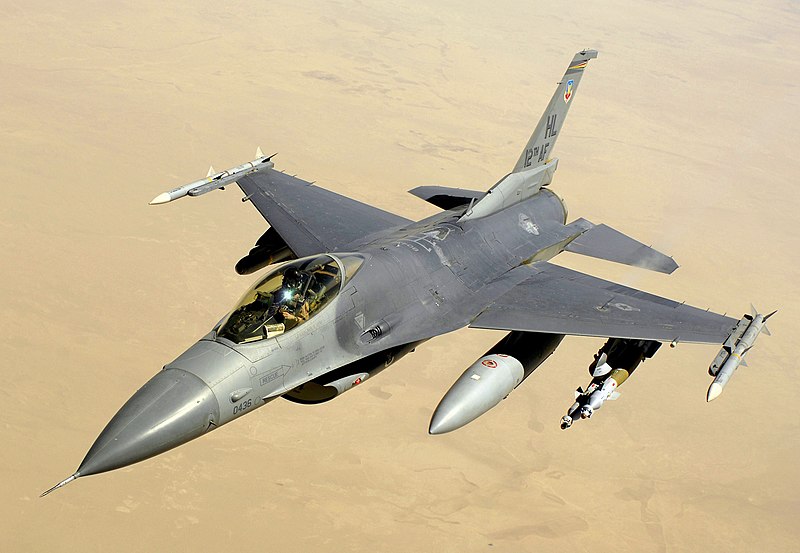I'm reluctant to give advice to instructors because I hate giving advice and I don't consider instruction to be within my area of knowledge. I'm also reluctant to provide "simplified" explanations here because someone (usually it's me, in fact) starts bleating about how the details are all wrong, something important has been missed out etc. So this is not what I'd suggest you teach. But it is what I would teach myself, to an interested person, if they asked me:Since this is a flight training forum how about a post on how you think I, a working part time instructor, should teach "what the tail does" to a PPL, a CPL ?
The horizontal stabilizer does exactly what its name suggests: it provides whatever force is required to keep the pitch angle stable.
Much of the time, in smooth stable flight, that force involves pushing the tail of the aircraft down. Some of the time, it might involve lifting the tail of the aircraft up. Whether it's one or the other depends on various things including, how fast you fly, what the weight of the aircraft is, and where the centre of gravity is.
If the aircraft is disturbed from stable flight - either nose up or nose down - the force provided by the horizontal stabilizer changes automatically so as to direct the pitch back towards equilibrium. The fact that a stabilizer can be designed to make that happen makes fixed wing flight possible and is quite an astonishing discovery. But that's for another thread perhaps.






